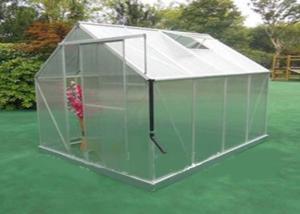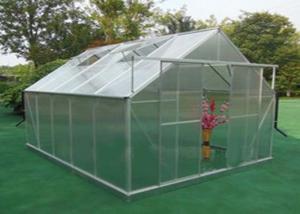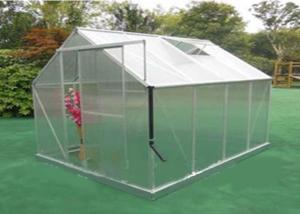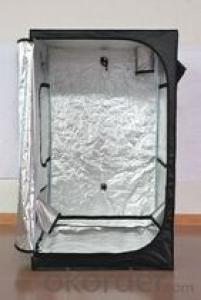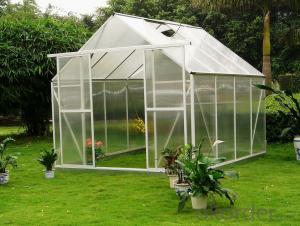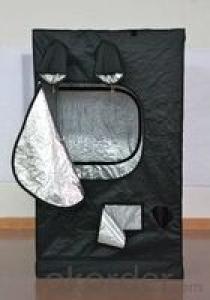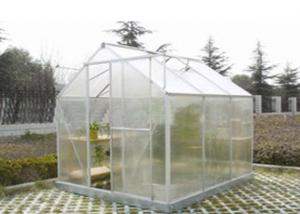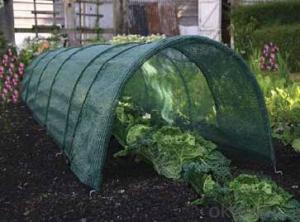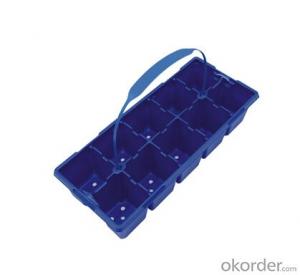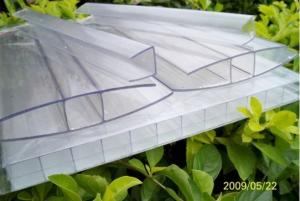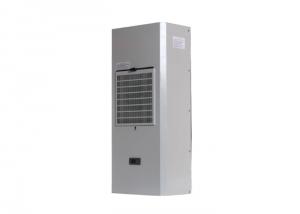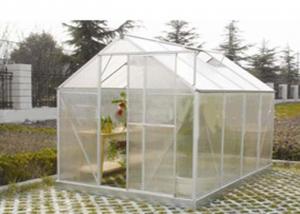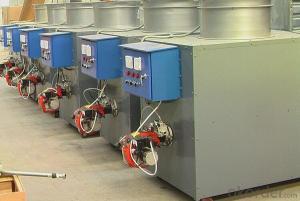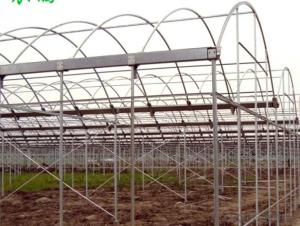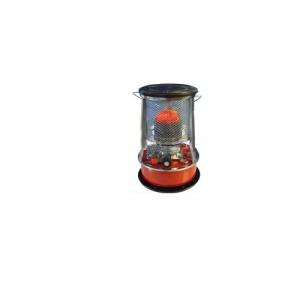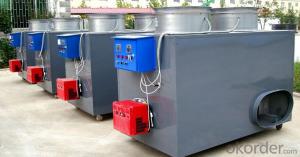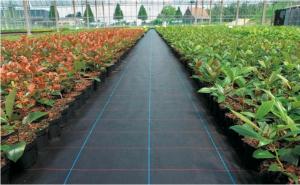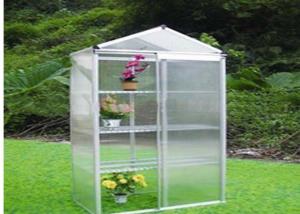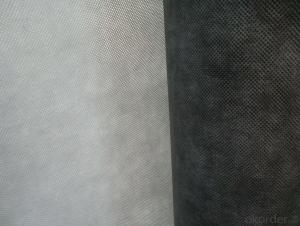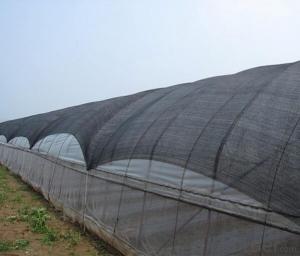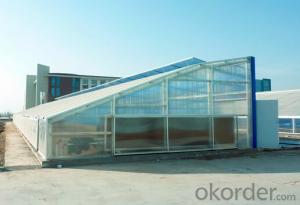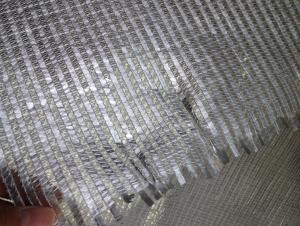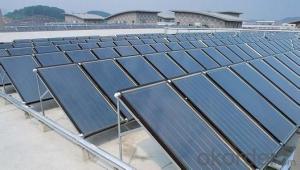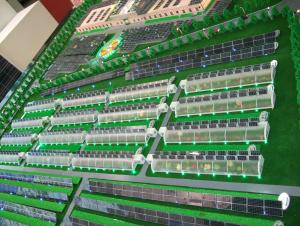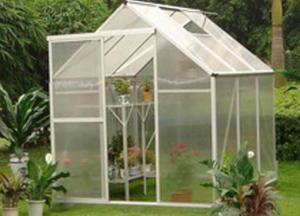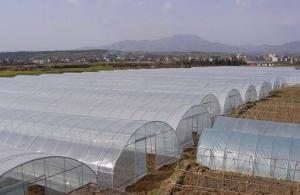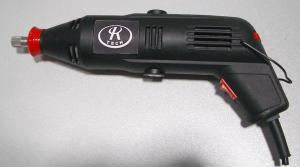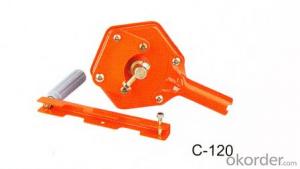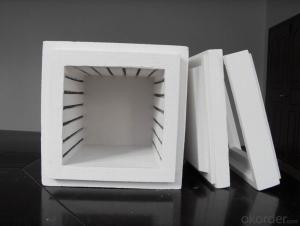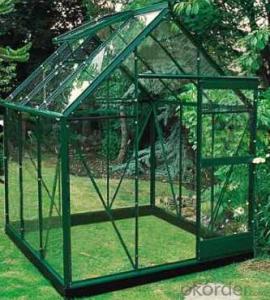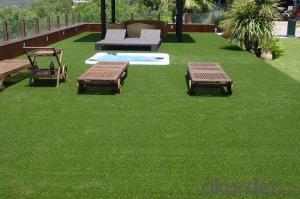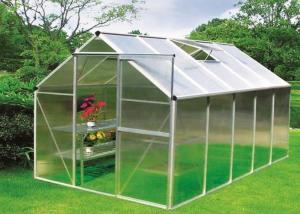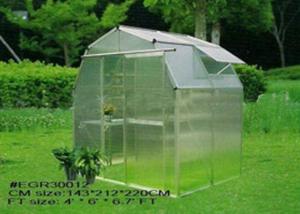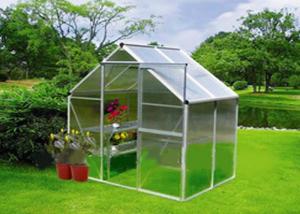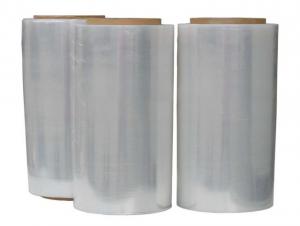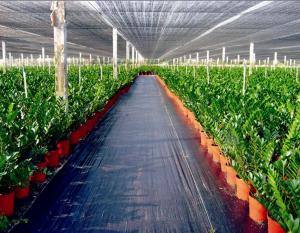Heated Greenhouse Kit
Heated Greenhouse Kit Related Searches
Complete Greenhouse Kit 4X6 Greenhouse Kits Greenhouse Kits Uk Canada Greenhouse Kits Rion Greenhouse Kits Aluminum Greenhouse Kits Small Backyard Greenhouse Used Greenhouse 4X6 Greenhouse Heat Mat Heat Air Condition Greenhouse Garden Center Greenhouse Small Metal Greenhouse Greenhouse Catalog Home Bargains Greenhouse Radiant Heat Mat Greenhouse Roof Nursery Greenhouse Energy Efficient Home Heating Very Small Greenhouse 6x6 Solar Cells Kit Greenhouse Shading Fabric Modern Cabin Kits Heating Maintenance Heating Floor Systems 6 X 6 Greenhouse Sale Radiant Water Floor Heating Heat Ventilation And Air Conditioning System Glass For GreenhouseHeated Greenhouse Kit Supplier & Manufacturer from China
Heated Greenhouse Kit is a comprehensive solution designed to provide optimal growing conditions for plants in various climates. It includes a range of components such as heating systems, insulation materials, and temperature control devices, ensuring that the greenhouse maintains a stable and warm environment for plant growth. This product is particularly beneficial for gardeners and farmers who want to extend their growing seasons or cultivate plants that require specific temperature conditions.The Heated Greenhouse Kit is widely used in various scenarios, such as personal gardens, commercial farms, and research facilities. It allows for year-round cultivation of a diverse range of plants, including vegetables, fruits, and flowers, by maintaining a consistent temperature and humidity level. This not only enhances the growth rate and quality of the plants but also provides a controlled environment that can help protect them from harsh weather conditions and pests.
Okorder.com is a leading wholesale supplier of Heated Greenhouse Kits, offering a vast inventory to cater to the needs of different customers. With a strong commitment to quality and customer satisfaction, Okorder.com ensures that each Heated Greenhouse Kit is manufactured to the highest standards and is backed by excellent after-sales support. This makes Okorder.com a reliable choice for those looking to invest in a greenhouse heating system that will provide long-lasting performance and value.
Hot Products
